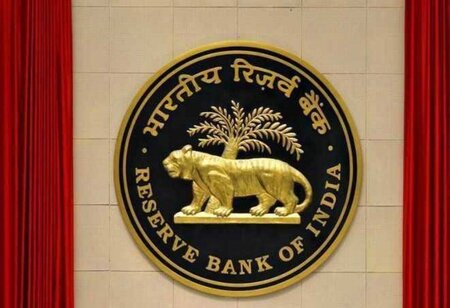Focusing on supply-side changes and alleviating various bottlenecks is critical at this time, says RBI
 The Reserve Bank of India (RBI) stated in its October bulletin that the need of the hour is to focus on supply-side reforms and relieving different bottlenecks and disruptions, rather than focusing just on normalization.
The Reserve Bank of India (RBI) stated in its October bulletin that the need of the hour is to focus on supply-side reforms and relieving different bottlenecks and disruptions, rather than focusing just on normalization.
The central bank also stated that policy assistance for a robust and inclusive recovery may be required for a longer length of time, but that it will continue to support growth in the future, citing the fact that lower-than-expected food prices have brought headline inflation closer to the target.
"With softer-than-expected food prices, the MPC's call on inflation has shown to be correct," the RBI stated.
Perhaps the need of the hour is not to focus so single-mindedly on normalisation but on supply side reforms to ease the bottlenecks and disruptions, labour shortages and high commodity prices, especially of crude,” the RBI said.
It added that everywhere, resurgent demand is being choked by supply bottlenecks, placing the global recovery at risk. In fact, supply chain disruptions seem to be feeding on one another, amplified simultaneously by decarbonisation drives and trade wars.
The RBI is of the view that while the Indian economy might be healing, it is still digging out of one of the deepest contractions to hit any major economy during the pandemic. Hence, policy support for a longer period may be needed for a sustained growth. “In the second wave, we did not impose a nationwide lockdown, but daily infections at over 400,000 were at that time the highest in the world and it clearly moderated the recovery that was underway till then. Consequently, policy support for a sustained and inclusive recovery may be needed for longer,” the central bank said.
In its latest monetary policy review, the RBI kept policy rates unchanged but decisively moved to withdraw excess liquidity from the system through its least disruptive liquidity management tool. However, it did say that the stance would remain “accommodative” for “as long as necessary to revive and sustain growth on a durable basis and continue to mitigate the impact of Covid-19 on the economy”.
The RBI had also said that it would no longer commit to buying secondary market bonds under its government securities acquisition programme, through which it has injected Rs 2.2 trillion of liquidity in the system, and would absorb a higher quantum of liquidity gradually through its 14-day variable rate reverse repo (VRRR) auctions. VRRRs would reduce the surplus liquidity to Rs 2-3 trillion by the first week of December, in what could be considered as the first step towards normalisation of the RBI’s ultra-loose monetary policy.
RBI Deputy Governor Michael Patra said in the policy conference that the central bank was following a step-wise approach to policy normalisation. In the report, the RBI reiterated the same, saying premature tightening could bring about stagflation.




